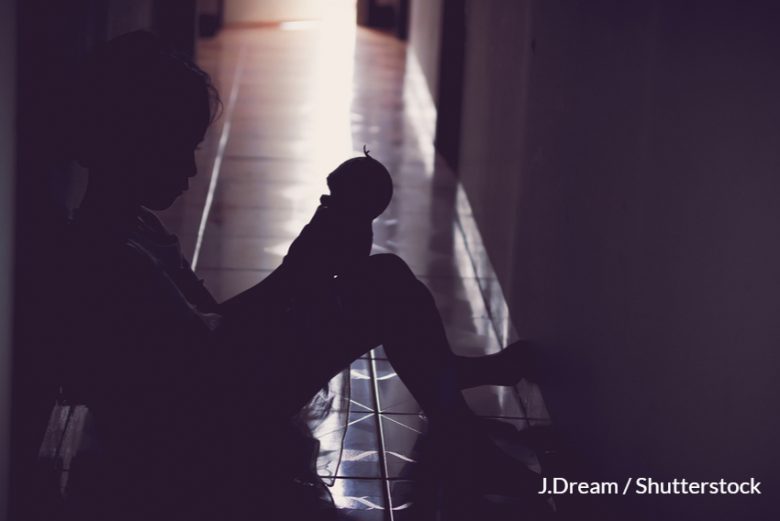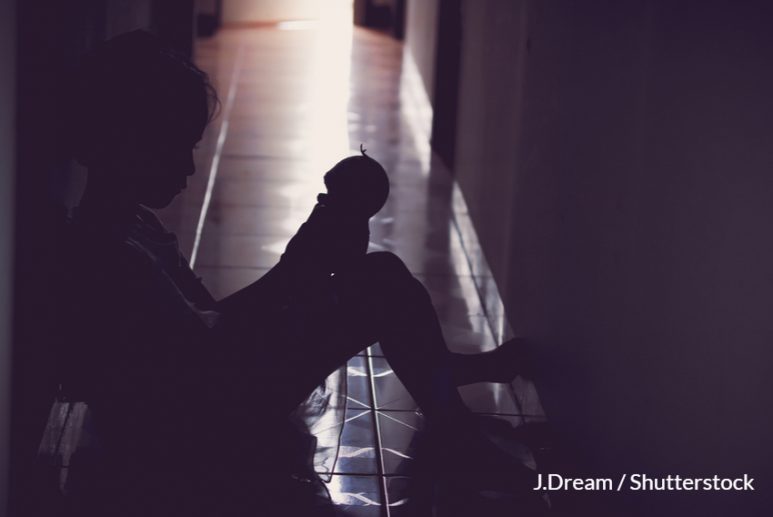By Rebekah Pierre
When children are placed for adoption, social workers go to great lengths to ensure they understand the concept of a ‘forever home’. As a former social worker who did this task with small children, it is not as easy as it sounds.
Time is a tricky concept for children to grasp at the best of times. How do you explain ‘forever’ to a person who has not yet seen their fourth birthday?

But for children who have experienced multiple foster care breakdowns, it is even more complex. This is something I can relate to, having had my heart broken by foster placements which did not work out. With each breakdown, my trust – or what little was left of it – was eroded.
When a child’s only experiences of family have been fleeting, it goes against every instinct to trust that this time, things will be permanent.
So imagine the ordeal of finally being adopted only for ‘forever’ to turn out too good to be true.
Whilst breakdowns are rare, occurring in just 3% of all adoptions, they do happen. Such was the case with former BBC Journalist Eleanor Bradford, who recently wrote about having ‘returned’ her son into foster care 8 years after adopting him. His younger brother, who she describes as ‘a poster boy for adoption’ remains at home.
As a care experienced person, I have become desensitised to my community being caricatured and misrepresented in the media – but even I was stopped short by the headline:
‘We adopted two brothers. Eight years later, we gave one back’
Those final three words liken her son to an object, implying he belonged to the system all along. It would be unthinkable to use such language to describe any other child’s journey into care.
Below this, the subheading reads:
‘When Eleanor Bradford’s son started making life hell, the system failed her family miserably’.
My professional experience as a social worker who supported hundreds of vulnerable children is this – no child ever sets out to ‘make life hell’. A wise family therapist once said all behaviour is communication – something which have stuck with me ever since.
A trauma-informed media response should go beyond the symptoms to the root cause, asking ‘What is causing such distress? Which needs are not being met?’.
Instead, Bradford focuses on the surficial behaviour, claiming her son told ‘crazy lies’ and was ‘determined to create a chaotic environment’.
Were similar things published about someone in power, there would be libel case. But the media acts with impunity when the subject is a vulnerable child.
Whose voice does the media privilege?
What struck me most about the coverage of this story was not the discriminatory language about CEP, but our absence.
BBC Women’s Hour described Bradford’s decision as ‘heart-breaking’ on social media. And yet, no such adjective was used to describe what her son had been through.
In privileging her voice (and giving her airtime in what should have been confidential), the media has exacerbated the power divide between adults in power and children without it. Unsurprisingly, no one thought to include a guest who had lived experience of being adopted.
But nor only was the child’s version of the story absent from coverage, so too was his consent for his story publicised. Instead, he now has a digital record of his adoption breakdown in the public domain.
We should not be needing to have this conversation at the close of 2021, but CEP trauma should not be for public consumption.
No amount of voyeuristic entertainment value can atone for the harm caused not only to this child, but to countless others.
Who knows how many would be-adopters are put off by such scaremongering, much to the detriment of the 3,000 children waiting to be adopted.
Increasing care-experienced voices in the media
The likelihood that I would even be writing this article as a care experienced person is depressingly slim, given just 13% of care leavers attending university compared to 43% of non-care leavers. Something which is hardly surprising, given that a quarter of CEP end up homeless by 18.
Other barriers include an overrepresentation in the criminal justice system and poorer health outcomes.
It’s a catch-22. We need more CEP voices to ensure we are fairly represented. And yet systemic barriers prevent us from getting there.
Slowly, things are changing – but only due to the hard-work and grit of CEP themselves.
Danny Lavelle, features writer for the Guardian and author of upcoming book ‘Down and Out’ has defied odds to get to where he is today.
Having been educated in specialist schools, he says ‘I was bouncing off the walls. ADHD was not something that was really understood’.
It was the combination of ‘behaviour, schooling, and family breakdown’ which led him into care – a journey he stresses is personal for everyone.
‘There’s a stigma around CEP in that you’re either perceived to come from an abusive family environment or being “delinquent” …. the nuances are not appreciated.’
‘We live in a society where everything is black and white, especially on social media’ he says. ‘We organise each other into these groups. We’re not capable of having an adult discussion.’
And yet, even before he was an adult, he was expected to take on enormous responsibilities.
‘I was just expected to live on my own at 16. I wasn’t ready’ he says.
Following this, he experienced homelessness as a young adult, meaning he did not train to become a journalist until his thirties.
When he finally embarked on a postgraduate course at Goldsmiths, he felt different from other students.
‘The majority were from middle class backgrounds. When I finished, I was in £2,000 debt with the halls of residence. I had to make that sacrifice’ he says.
When asked about what he has achieved since, there is a slight pause, and we laugh about how uncomfortable it is as Northerners to sell ourselves.
‘Well, I suppose getting to write for the guardian was pretty amazing, that was like a pipe dream – it taught me to read’ he says, adding his recent book deal to his list of accomplishments.
But Lavelle doesn’t seem to think it’s a big deal, adding ‘What we’re doing isn’t rocket science – a big problem with the media is that it’s seen as this really high society difficult occupation when it’s not’.
‘They make it seem that way to keep people like us from trying to get in. Anyone who can appreciate a story can become a journalist. It needs to be more accessible’
Increasing accessibility must begin with putting CEP on the radar.
At present there is no data on how many CEP enter journalism – The NCTJ’s diversity in journalism report captures sex, age, ethnicity, nationality, and health and disability – but not care-experience. Include this alongside the other intersecting identities above would be a small step to make a big difference.
Of course, numbers will never capture the whole story. But neither will excluding care experienced people from narratives about our community.
Photo Credits: J.Dream / Shutterstock

